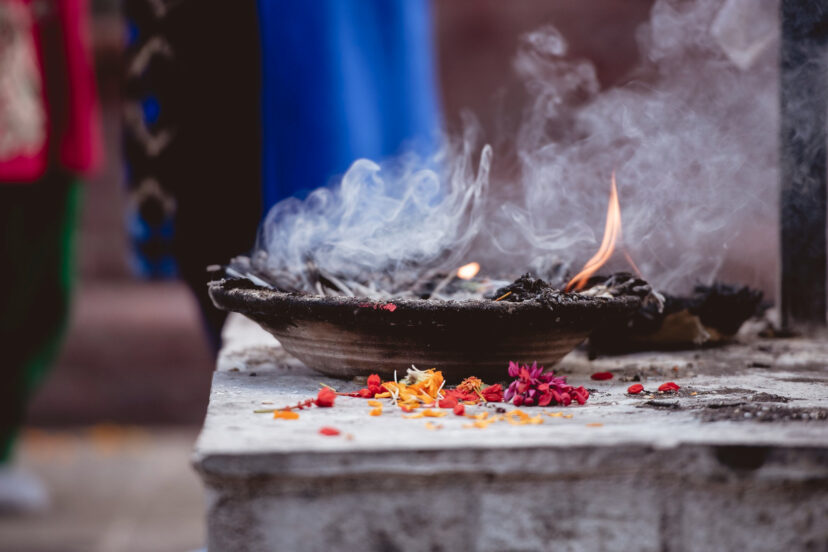Culture Influencing Dating Norms
In today’s interconnected world, understanding how culture influences dating norms has become more crucial than ever. Whether you’re navigating the complexities of cross-cultural relationships or simply seeking to broaden your perspective on romance, recognising the profound impact of cultural backgrounds on dating practices can transform your approach to relationships. Let’s explore this fascinating intersection of culture and romance, uncovering how different societies shape our quest for love and connection.
The Cultural Tapestry of Modern Dating
When we examine how culture influencing dating norms manifests across different societies, we discover a rich mosaic of traditions, expectations, and practices. From the bustling streets of Tokyo to the cafés of Paris, each culture brings its unique flavor to the art of courtship. This diversity isn’t just fascinating—it’s a testament to humanity’s creative approaches to finding and nurturing love.
Consider, for instance, the stark contrast between Western and Eastern dating practices. In many Western societies, the emphasis on individual choice and romantic love drives dating culture. Young adults often engage in casual dating, viewing it as a natural path to finding their life partner. Meanwhile, in various Eastern cultures, family involvement and traditional matchmaking still play significant roles, with parents often acting as crucial advisors or even primary decision-makers in their children’s romantic lives.
The Language of Love: Communication Across Cultures
Perhaps nowhere are cultural differences more apparent than in how people communicate their romantic intentions. Understanding how culture influencing dating norms affects communication styles can mean the difference between a successful connection and a missed opportunity.
In some cultures, direct verbal expression of interest is the norm. Americans, for example, often appreciate straightforward communication about feelings and intentions. However, in many Asian cultures, subtle non-verbal cues and indirect communication carry profound meaning. A slight bow, a meaningful glance, or even the timing of text messages can speak volumes about someone’s intentions.
Modern Technology Meets Traditional Values
The digital age has added fascinating new dimensions to how culture influencing dating norms plays out in contemporary society. Dating apps and social media have created a global dating landscape, but cultural nuances persist even in these modern platforms.
For instance, while dating apps might be used primarily for casual dating in some Western countries, they’re increasingly being adapted in more conservative societies as tools for finding marriage partners. In Japan, dating apps often include detailed profile sections about family background and career aspirations, reflecting the culture’s emphasis on long-term compatibility over immediate attraction.
The Role of Family in Different Dating Cultures
Family involvement in dating varies dramatically across cultures, creating one of the most significant ways culture influencing dating norms affects relationships. In many Mediterranean and Middle Eastern cultures, family approval isn’t just preferred—it’s essential. Dating often involves getting to know each other’s families early in the relationship, with family gatherings serving as crucial venues for courtship.
Contrast this with Scandinavian cultures, where individual autonomy in dating decisions is highly valued, and family involvement might be minimal until relationships become serious. Understanding these differences can help couples navigate potential tensions and find common ground.
Gender Dynamics and Cultural Expectations
The way culture influencing dating norms shapes gender roles in relationships reveals fascinating patterns across societies. While many Western cultures increasingly embrace egalitarian dating practices, with couples splitting bills and sharing decision-making equally, other societies maintain more traditional gender expectations.
In some Latin American cultures, for instance, the concept of machismo continues to influence dating dynamics, though it’s increasingly balanced by modern values of gender equality. Meanwhile, in parts of East Asia, traditional expectations about gender roles might coexist with highly modern attitudes toward career and education.
Religious Influence on Dating Practices
Religion often plays a crucial role in how culture influencing dating norms manifests in different societies. In some Muslim cultures, supervised courtship and gender separation might be the norm, while Jewish dating traditions might emphasize the role of matchmakers and family connections.
Even in more secular societies, religious background can significantly impact dating expectations and practices. Understanding these religious influences helps couples navigate potential differences in values and find ways to honour both partners’ beliefs.
The Evolution of Dating Rituals
Cultural dating rituals continue to evolve while maintaining their distinctive characteristics. In South Korea, for example, couples often celebrate relationship milestones at specific intervals (100 days, 200 days, etc.), creating a unique blend of modern romance and cultural tradition. Meanwhile, American dating culture has evolved to include “defining the relationship” conversations as important milestones.
Cross-Cultural Dating in a Global World
As our world becomes increasingly interconnected, cross-cultural dating is more common than ever. Understanding how culture influencing dating norms affects relationships becomes crucial for these couples. Success often depends on partners’ ability to navigate cultural differences with respect, curiosity, and flexibility.
The Impact of Social Settings on Dating
Different cultures have varying preferences for dating venues and activities. While dinner and movies might be standard in Western dating, group outings are more common in many Asian cultures. Understanding these preferences can help people create comfortable and appropriate dating experiences across cultural boundaries.
Physical Intimacy and Cultural Boundaries
Attitudes toward physical intimacy in dating vary significantly across cultures. While some societies are relatively open about physical affection, others maintain strict standards about physical contact before marriage. Understanding and respecting these boundaries is crucial for successful cross-cultural dating.
Building Bridges: Tips for Cross-Cultural Dating Success
To successfully navigate how culture influencing dating norms affects relationships, consider these practical tips:
- Practice active listening and open communication about cultural expectations
- Show genuine interest in learning about your partner’s cultural background
- Be willing to compromise and find middle ground between different cultural practices
- Respect traditional values while being open to new perspectives
- Involve family appropriately according to both cultures’ expectations
The Future of Cultural Dating Norms
As globalization continues and societies become more interconnected, we’re likely to see further evolution in how culture influencing dating norms shapes romantic relationships. While some traditional practices may fade, others will likely adapt and find new relevance in our modern world.
Embracing Cultural Diversity in Dating
Understanding how culture influencing dating norms affects relationships isn’t just about avoiding misunderstandings—it’s about enriching our approach to love and connection. By appreciating the diverse ways different cultures approach dating, we can expand our perspectives and create more meaningful relationships.
Conclusion
The impact of culture influencing dating norms continues to shape how people find and maintain romantic relationships worldwide. As we navigate an increasingly interconnected world, understanding and respecting these cultural differences becomes essential for building successful relationships. Whether you’re dating within your own culture or exploring cross-cultural connections, awareness of these influences can enrich your dating experience and lead to deeper, more meaningful relationships.
Remember, there’s no one-size-fits-all approach to dating across cultures. The key lies in maintaining an open mind, showing genuine respect for different traditions, and finding ways to honour both partners’ cultural backgrounds while building a unique relationship dynamic that works for both individuals.




